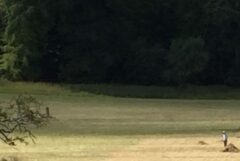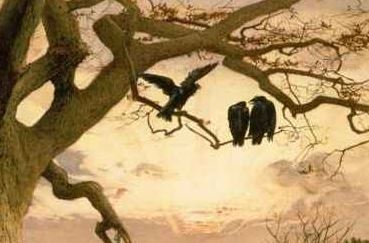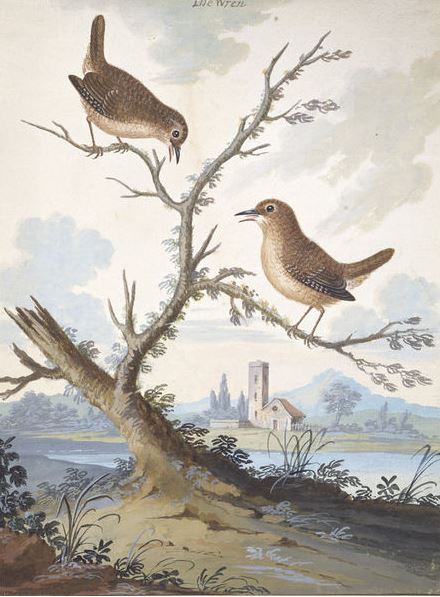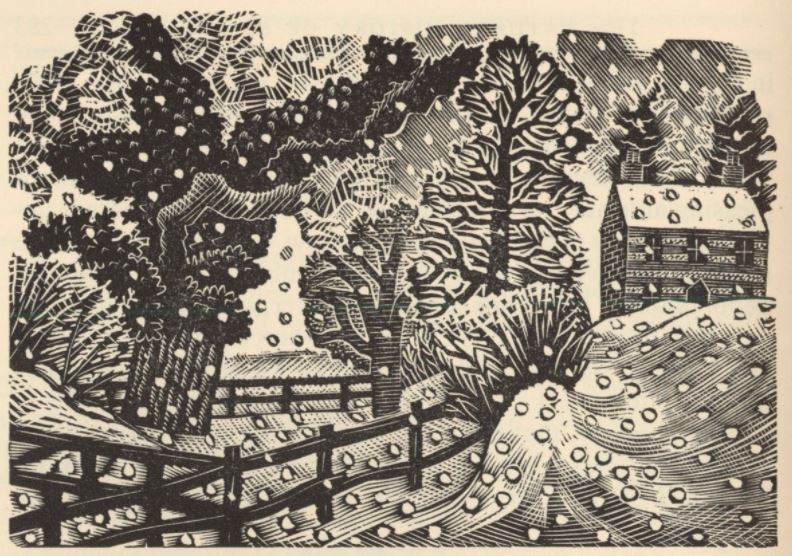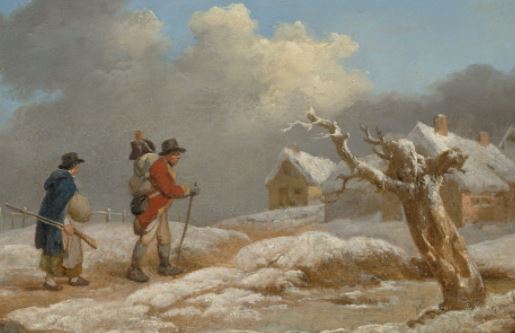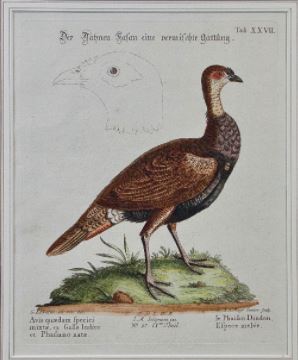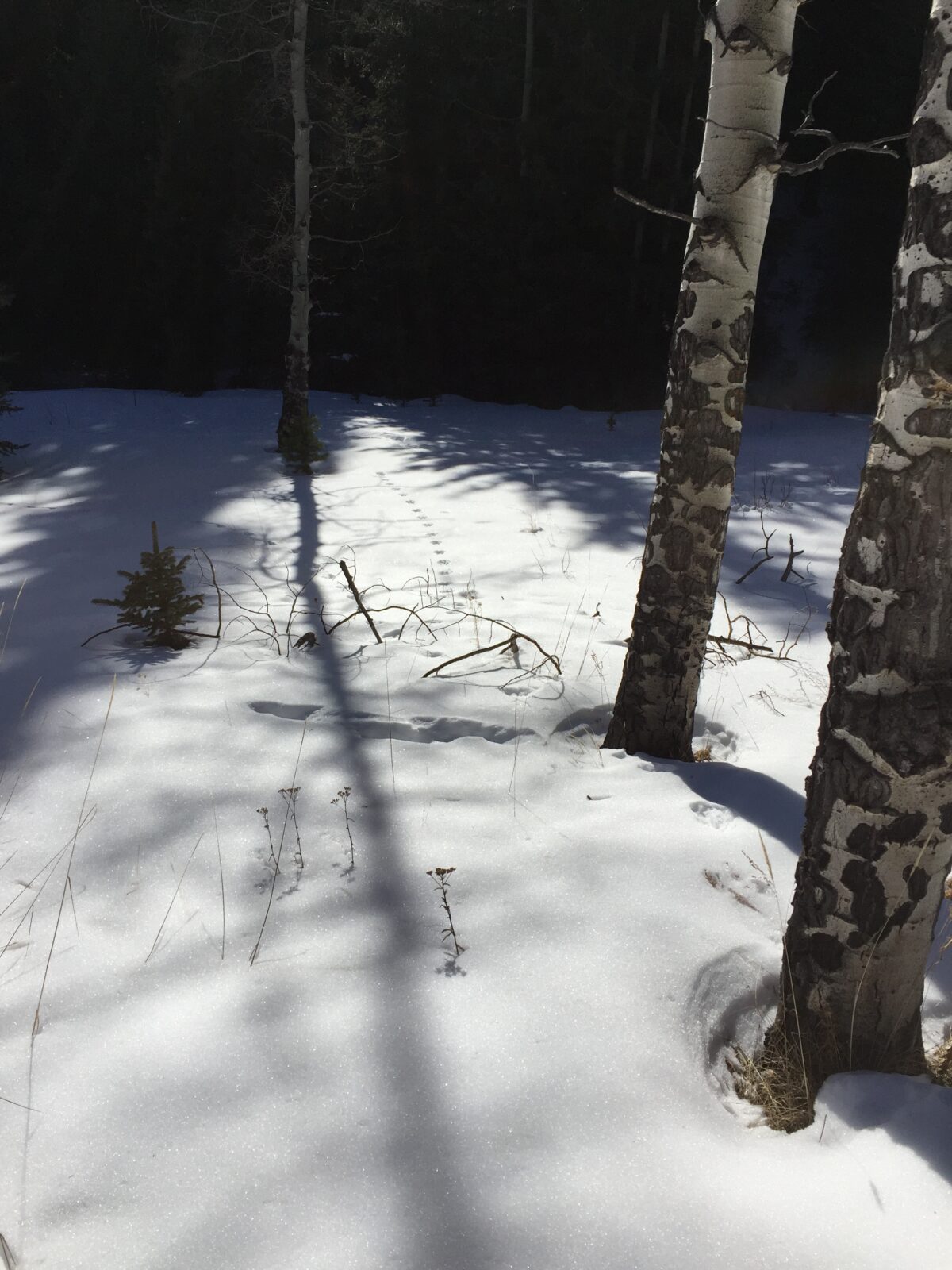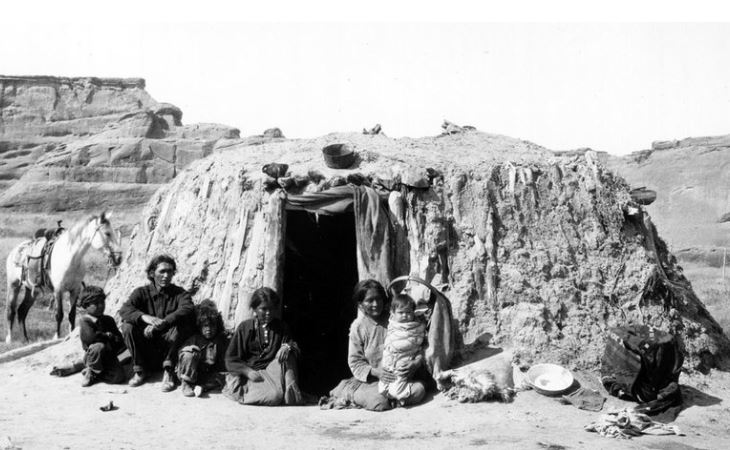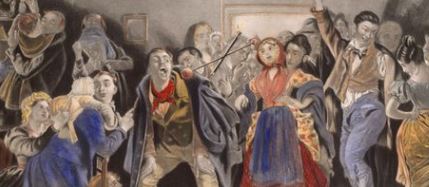For Edwin H. (“Dick”) Wiens (1919-2020)
18 July 2020
Happy Birthday, Gilbert White! The eighteenth-century curate and naturalist Gilbert White turns 300 today. I plan to celebrate the father of English environmentalism, and toast the sympathetic fellow who lived with a tortoise named Timothy. I will peruse my battered copy of The Natural History of Selborne, White’s pioneering study of flora and fauna in his own parish, first published in 1789, and honored by The Guardian in 2017 as one of the best hundred nonfiction books of all time. But in this awful year of pandemic, I’m pondering the man who perfected the art of staying home.
Sometimes you find the mentor. Sometimes the mentor finds you. Sometimes you’re looking for help. Sometimes help surprises you. I know it’s more complicated than that. Still, I like having the distinctions right up front because I’m pretty sure you were never going to go searching for Gilbert White to guide you through life. I didn’t.
When the stay-at-home orders came last March, I struggled to keep my classes at Regis University moving forward. Many students were suffering, either emotionally or financially, or both. Feeling helpless and exhausted, I watched every episode of Hogan’s Heroes, finished Game of Thrones, baked with the Great British Baking Show, polished off Bosch, and dribbled along with vintage college basketball games. After a while, I began looking for distractions that did not involve a screen.
The Redwing Blackbirds were back among the cattails around the lakes near our house in Denver. They said, conk-la-ree. I looked it up. That’s how you spell it.
The crocuses, daffodils, iris, and lilacs bloomed in succession. It was springtime in the Rockies, and I was staying home. It wasn’t always easy. Still isn’t. Ask anyone. Some of us are getting along. Some of us are slowly going mad. But what can you do when a pandemic shuts down the planet?
Try to get along.
I came up with the solution near the end of April. I would write about staying home. Instead of going to England in May to study papers related to Gilbert White’s influence on environmentalism in the UK, I would stay home and write about White staying home.
That’s what White would do.
I sat down to enjoy Richard Mabey’s wonderful biography of White and tried to picture the man who loved to grow melons. What did he look like? We don’t really know! For a very long time, people pointed to this portrait.

Turns out, it’s probably not White, but we do have a little sketch of White in the copy of The Iliad that Alexander Pope presented to White on his graduation from Oriel College, Oxford.

Feel free to imagine him as you wish. When I think of the old fellow, I think of Henry Raeburn’s famous painting, The Reverend Robert Walker Skating on Duddingston Loch.

For most of us, staying home feels like fate. It happens to us. We make plans. Something comes up. We stay home. White began his adult life in this fashion. In 1749, having become a fellow of Oxford University’s Oriel College in 1744, White was ordained a priest in the Anglican Church. When he couldn’t find a stable position he really wanted, he returned to The Wakes, the family home in Selborne, Hampshire.
Many university graduates today can identify with White’s situation. They feel frustrated, stuck, and depressed. White certainly did, but quite intuitively, it seems, he began to think of staying home as a kind of art to be practiced and improved. So, he stayed home a lot, and sometimes it was hard. In fact, White spent ten years trying to figure out how to get it right.
How did he do it? I picked up Anne Secord’s excellent edition of The Natural History of Selborne.

I remembered trying to read it as an undergraduate, but putting it down because it seemed like a boring collection of letters about swallows and weather. I read the first sentence of the book.
The parish of Selborne lies in the extreme eastern corner of the county of Hampshire, bordering on the country of Sussex, and not far from the county of Surrey; is about fifty miles south-west of London….
That semicolon worried me. By the time I finished the first letter, I wondered if I’d really carry on with the project.
The ravens (Corvus corax) took me by surprise. In the second letter, White tells how a clump of grand old oaks on a nearby estate were sold for a construction project at Hampton Court. One of these venerable oaks had long ago been dubbed Raven-tree because of the ravens who nested in its strong branches every year.
Now, White was no sentimentalist. In an age where Enlightenment reason duked it out with early Romantic feeling, White sided with reason and the Royal Society. With that in mind, you must read the end of his little story in order to appreciate his genius.
So the ravens built on, nest upon nest, in perfect security, till the fatal day arrived in which the wood was to be levelled. It was the month of February, when those birds usually sit. The saw was applied to the butt, the wedges were inserted into the opening, the woods echoed to the heavy blows of the bottle or mallet, the tree nodded to its fall; but still the dam sat on. At last, when it gave way, the bird was flung from her nest; and, though her parental affection deserved a better fate, was whipped down by the twigs, which brought her dead to the ground.
This is no fable. White tells the story with clear-eyed calm, simply noting the powerful irony that “parental affection deserved a better fate.” Life dies like this. No gathering of threads, no moralizing wrap-up for Gilbert. The letter ends right there . . .“dead to the ground.” There are no guarantees when you stay home.
I took a deep breath, and the raven lingered, an afterimage in my imagination. I thought of the Three-eyed Raven in The Game of Thrones. I recalled that ornithologists consider ravens some of the smartest animals on the planet. Across many cultures, ravens symbolize mystery and prophecy. It occurred to me that White would not approve of this line of thought.
Or would he? Although White would never write about such fanciful notions, I think he knew what a well-placed raven would do to his more sensitive readers. I was hooked. Bring on the tortoise! Tell me about those worms!
When people talk about the triumph of White’s classic book, they describe his innovative study of the local, his mixing of Enlightenment precision with sympathy, and his vision of the natural world’s connectedness. I agree, but it’s not the whole picture.
I think White’s ability to create afterimages transforms everything that he writes. Sometimes the afterimage triggers your fancy. On other occasions it sparks rigorous speculation. Sometimes it implies a bit of clear-sighted wisdom. Check out this thread of entries from his Journal.
Snow covers the ground.
Severe wind. Snow on the ground. Swallows abound.
Thick ice. No swallows appear.
The turtle-dove returns. Swallows again.
18, 19, 20, 21 April 1772, Journal
These entries aren’t meant to be poetry about staying home, but they could be. When you sit down to read the Journal, which I have been doing every day this summer, you’ll feel time slow down.

When White died in 1793, he left behind 60,000 entries. Take your time.
You may even discover the kind of mindfulness that will get you through hard days right where you happen to be, even if you’re stuck at home. Call it getting along.
I’m borrowing the phrase from Annie Dillard’s Pilgrim at Tinker Creek (1974), one of my favorite books by one of my favorite writers.

I am a frayed and nibbled survivor in a fallen world, and I am getting along. I am aging and eaten and have done my share of eating too. I am not washed and beautiful, in control of a shining world in which everything fits, but instead am wondering awed about on a splintered wreck I’ve come to care for, whose gnawed trees breathe a delicate air, whose bloodied and scarred creatures are my dearest companions, and whose beauty bats and shines not in its imperfections but overwhelmingly in spite of them.
For the time being, that is my favorite passage in the English language.
So here I sit, in the midst of a global pandemic, and I am getting along, with Gilbert White, on the eve of his 300th birthday. White wasn’t perfect. I’ll need to do some serious thinking about his limitations, and the racism, the colonialism, and the anthropocentric ideas of his age. Simple nostalgia could never be enough. It certainly couldn’t be right.
In Bad Indians: A Tribal Memoir, the wise Deborah Miranda shows me the way.

Sometimes something is so badly broken you cannot recreate its original shape at all. If you try, you create a deformed, imperfect image of what you’ve lost; you will always compare what your creation looks like with what it used to look like. As long as you are attempting to recreate, you are doomed to fail! I am beginning to realize that when something is that broken, more useful and beautiful results can come from using the pieces to construct a mosaic. You use the same pieces, but you create a new design from it.
So, I’m staying home to make a mosaic.
I’ve got plenty of pieces. I‘ve cached powerful afterimages, great quotations, a few weird tales, lots of excellent animal observations and stories, especially the ones about Timothy the tortoise, DIY projects that include giants and vases, adventures in gardening that feature gnarly melons and practical advice on raised beds, friendly conjectures about sexuality and identity, two or three taxidermic terrors, and a few unearthed recipes for cooking and brewing.
I’m also writing about my own life–my house, my garden, remarkable weather, the cats I love, the gannet who broke my heart after my heart attack, the black birds and other critters who live in my Denver neighborhood.
On this score, I’ll defer to Henry David Thoreau, who had a copy of White’s Selborne with him at Walden Pond.
I should not talk so much about myself if there were any anybody else whom I knew as well. Unfortunately, I am confined to this theme by the narrowness of my experience. Moreover, I, on my side, require of every writer, first or last, a simple and sincere account of his own life.
I’ve been trying to follow Thoreau’s advice on matters large and small ever since I read Walden in high school. Why stop now?
I know people who swear they won’t cut their hair or shave until we have real vaccine for COVID-19. That’s not me, but I’ll keep writing this until we do.
